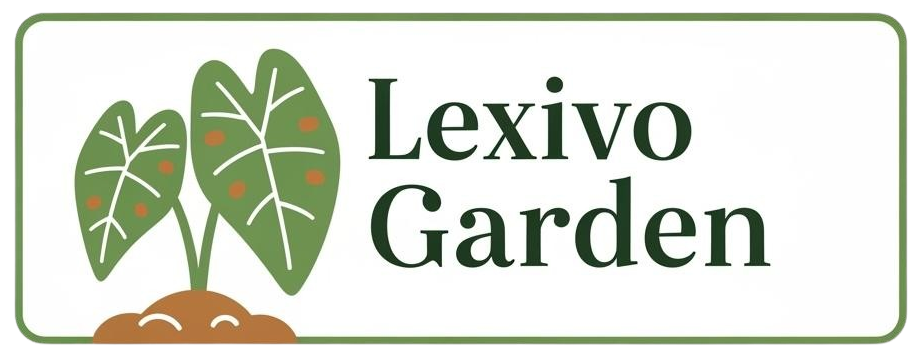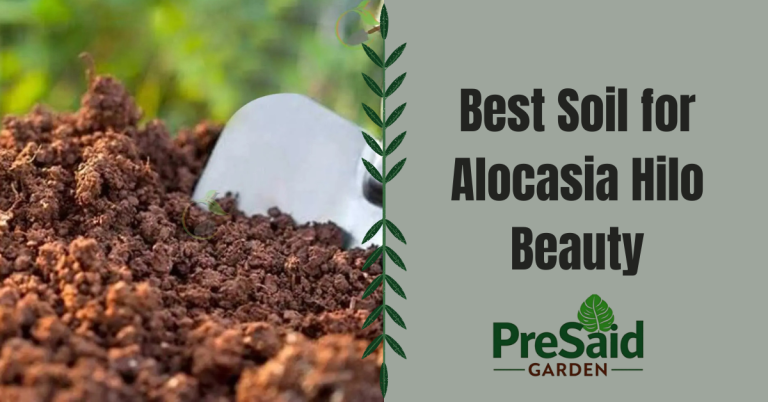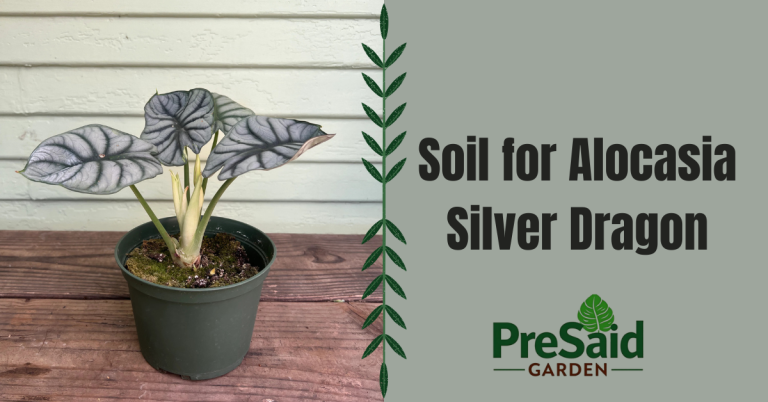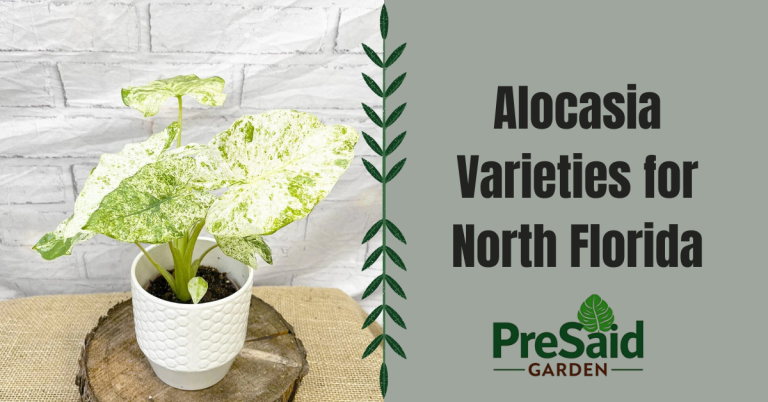Best Soil Mix for Black Velvet Alocasia: Essential Guide for Thriving Plants

As a passionate plant enthusiast with over 10 years of experience growing various Alocasia species, I’m excited to share my expertise on the best soil for the stunning Black Velvet Alocasia. This captivating plant, known for its velvety-black leaves and striking contrasts, is a true showstopper in any indoor or outdoor garden.
In this comprehensive guide, I’ll take you on a journey through the specific soil requirements, care, and cultivation tips that will ensure your Black Velvet Alocasia thrives. Whether you’re a seasoned plant parent or a newcomer to the world of Alocasia, this post will equip you with the knowledge and confidence to cultivate these mesmerizing beauties successfully.
Why Soil Choice Matters for Black Velvet Alocasia
Black Velvet Alocasia is known for its delicate root system and high sensitivity to moisture levels. The wrong soil can quickly lead to issues like root rot or leaf drop, so choosing the perfect mix will make all the difference.
Ideal Soil Composition for Black Velvet Alocasia
1. Well-Draining Components
- Perlite or Pumice: Both of these work to improve aeration in the soil, which Black Velvet Alocasia absolutely loves. They help keep the mix light and prevent water from pooling at the roots.
- Coco Coir or Peat Moss: Coco coir is a sustainable option that retains moisture well but also drains excess water. Peat moss can work too, though it’s a bit heavier on moisture retention.
2. Organic Matter for Nutrients
- Compost or Aged Bark: Adding a bit of compost or fine-aged bark enriches the soil with nutrients. It’s essential for plants that like a boost of organic matter without being waterlogged.
3. Moisture Control Ingredients
- Activated Charcoal: This component absorbs toxins and keeps the soil fresh. Charcoal is especially useful if your Alocasia will be in a high-humidity environment.
Recommended Soil Mix Ratio:
- 40% Coco Coir or Peat Moss
- 30% Perlite or Pumice
- 20% Compost or Aged Bark
- 10% Activated Charcoal
How to Mix and Pot the Soil for Black Velvet Alocasia

- Prep Your Soil Mix: Combine the ingredients based on the recommended ratio. I usually mix mine in a large container so I can make sure everything’s well combined.
- Choose the Right Pot: Use a well-draining pot with holes at the bottom to avoid any standing water.
- Layer the Bottom: Add a thin layer of rocks or larger perlite pieces at the base for an extra drainage boost.
- Fill and Plant: Fill about 2/3 of the pot with your soil mix, gently place your Alocasia, and cover the roots. Don’t pack the soil too tightly; this plant enjoys airflow.
Ongoing Soil Care and Maintenance Tips
- Watering Frequency: Aim to water when the top 1-2 inches of soil feel dry. Black Velvet Alocasia likes consistency, so avoid letting the soil completely dry out or stay soaked.
- Repotting Needs: Repot every 1-2 years with fresh soil to give your Alocasia a nutrient boost. I’ve found that Black Velvets respond well to repotting in spring.
- Humidity Boost: Place your pot on a humidity tray or mist around the plant regularly if you’re in a drier climate. These steps will help replicate its native tropical environment.
Common Issues with Black Velvet Alocasia Soil and Solutions
1. Soil Too Compact
If your Alocasia’s soil isn’t drying quickly enough or is hard to the touch, it may be too dense. Try repotting with added perlite for better airflow.
2. Root Rot Concerns
Root rot often happens if the soil holds water for too long. Check for a foul smell or mushy roots, and repot your Alocasia with fresh, well-draining soil immediately if you notice these signs.
3. Leaf Yellowing or Dropping
This can result from poor soil drainage, causing waterlogged roots. Black Velvets prefer moisture but in moderation. Adjust your soil mix or watering routine as needed.
FAQs
Q: What pH level is ideal for Black Velvet Alocasia soil?
Aim for a slightly acidic to neutral pH, around 6.0 to 7.0. The plant thrives best in this range.
Q: Can I use regular potting soil for my Black Velvet Alocasia?
Regular potting soil may be too dense. Always add perlite, coco coir, or peat moss to improve drainage.
Q: How often should I replace the soil for Black Velvet Alocasia?
Fresh soil every 1-2 years is ideal. It keeps nutrients balanced and ensures good drainage for healthier roots.
Q: What should I do if my Black Velvet Alocasia’s soil has pests?
Final Thoughts
The right soil mix makes a world of difference for Black Velvet Alocasia. This plant is a bit of a diva, but once you get the soil just right, it will reward you with deep green, velvety leaves and a stunning, healthy look.
Ready to start? Lexivo Garden has the essentials like pots, fertilizers, and pruning shears, perfect for your Alocasia needs. Check out our shop here to get everything set up and let’s keep those Alocasias thriving!
Happy gardening!






